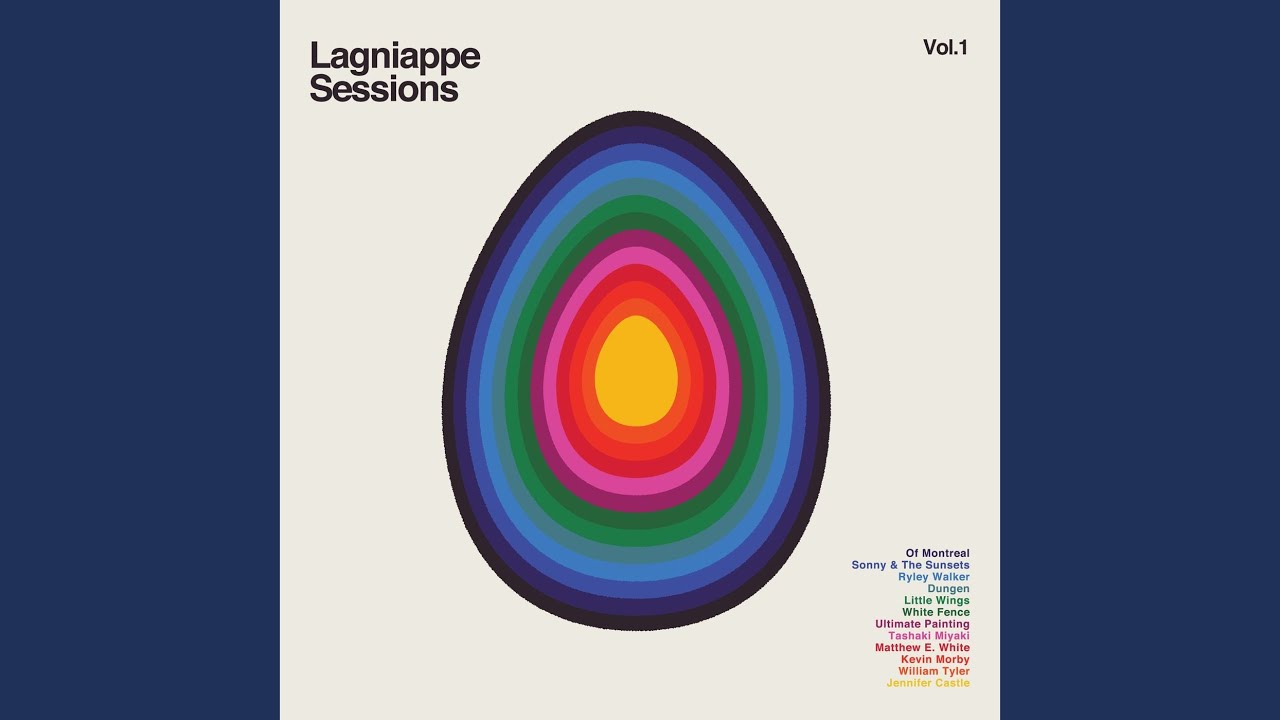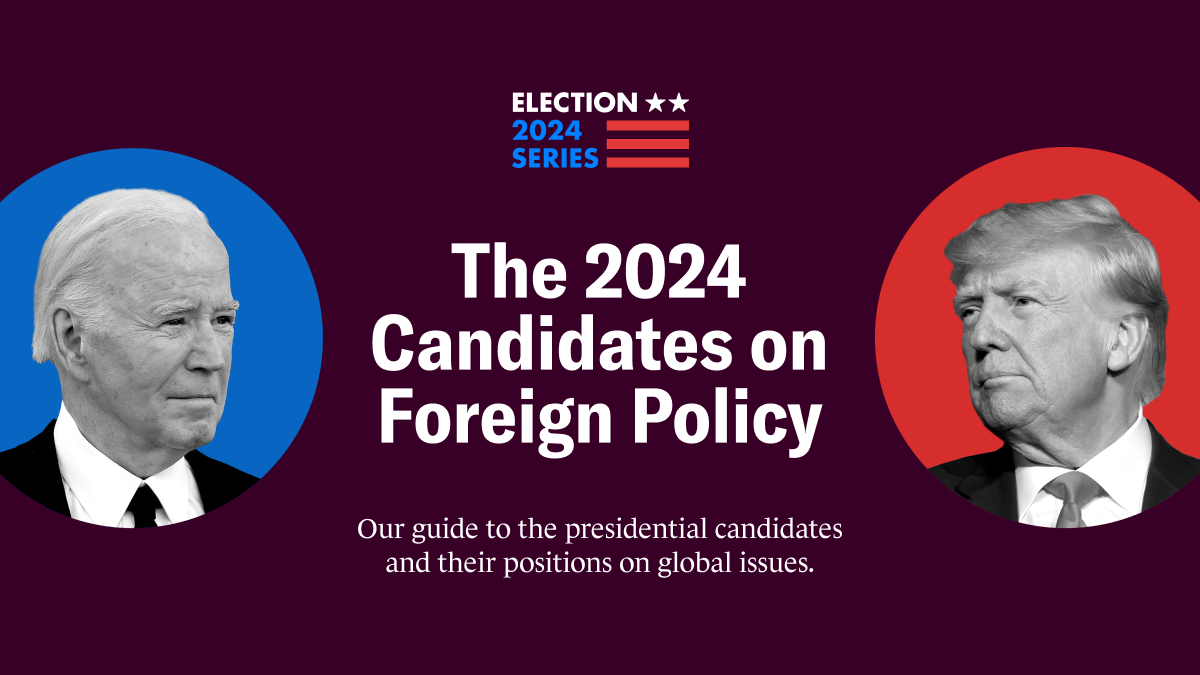- 85 Posts
- 49 Comments
 14·9 months ago
14·9 months agoWhile yes, it’s most likely not a significant factor in the drop in crime:
Systematic reviews / meta-analysis
The first meta-analysis of the lead-crime hypothesis was published in 2022. “The Lead-Crime Hypothesis: A Meta-Analysis”, authored by Anthony Higney, Nick Hanley, and Mirko Moro consolidates findings of 24 studies on the subject. It found that there is substantial evidence linking lead exposure to a heightened risk of criminal behavior, particularly violent crimes. This aligns with earlier research suggesting lead exposure may foster impulsive and aggressive tendencies, potential precursors to violent offenses. The study concluded that, while a correlation between declining lead pollution and declining criminality is supported by research, it is likely not a significant factor in reduced crime rates, and that the link is generally overstated in lead-crime literature.
The study’s implications point towards the potential benefits of reducing lead exposure to decrease crime rates. Such reductions could be achieved through initiatives like removing lead from products like gasoline and paint, water pipes and enhancing lead abatement measures in schools and residences.
 1·10 months ago
1·10 months agoWeird, appears the article is no longer up. Apologies.
Edit: it has returned.

 2·10 months ago
2·10 months agoRemoved by mod

 2·10 months ago
2·10 months agoRemoved by mod

 2·10 months ago
2·10 months agoRemoved by mod

 210·10 months ago
210·10 months agoRemoved by mod

 110·10 months ago
110·10 months agoRemoved by mod

 114·10 months ago
114·10 months agoRemoved by mod

 22·10 months ago
22·10 months agoI’m assuming that’s a “no” because you can’t defend your claim with reliable sources.
Thank you for playing.

 12·10 months ago
12·10 months ago[citation needed]
Wanna try the “padding” thing again?

 12·10 months ago
12·10 months agoIn reference to your unsourced personal opinion, yes, trite is accurate when compared with actual data. And as long as we’re dealing with unsourced personal opinions with no real data to back up the “meaninglessness” of wage increases (never mind the rest of the article), I don’t see much value coming from this conversation.






















https://www.poynter.org/fact-checking/2023/who-fact-checks-the-fact-checkers-research/